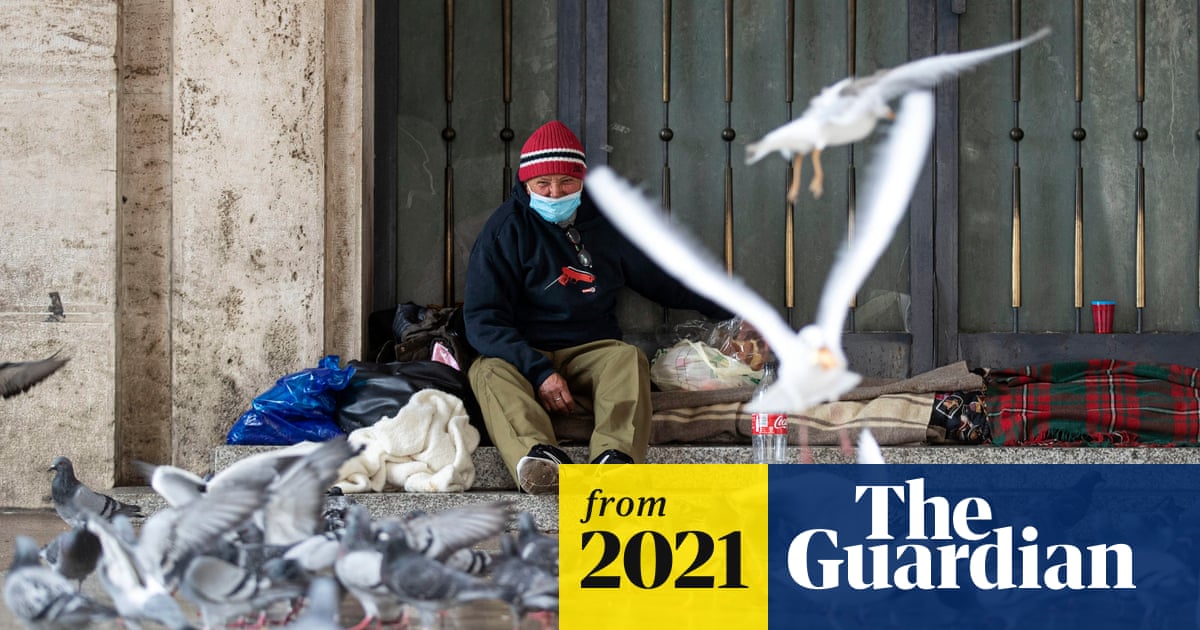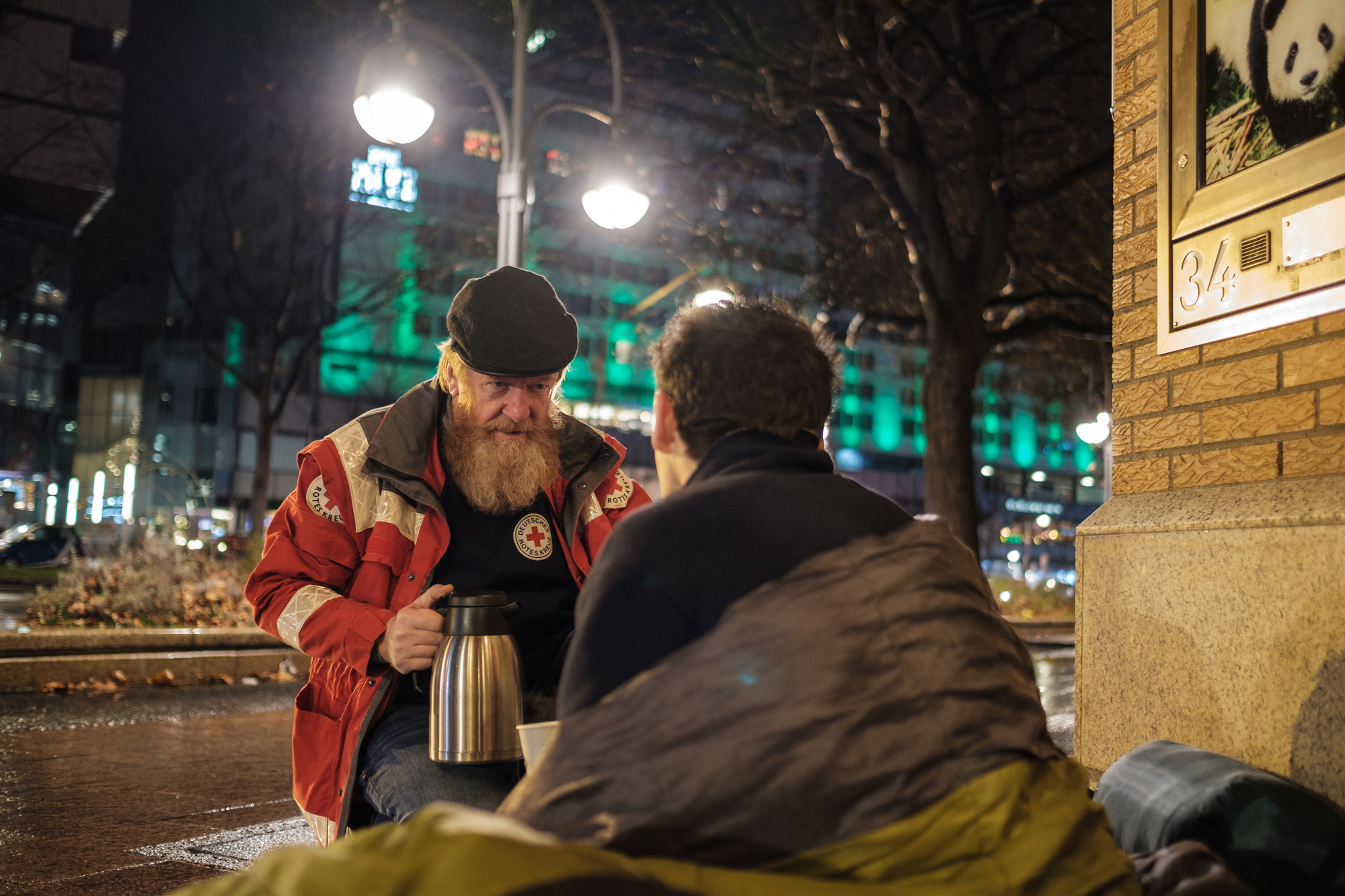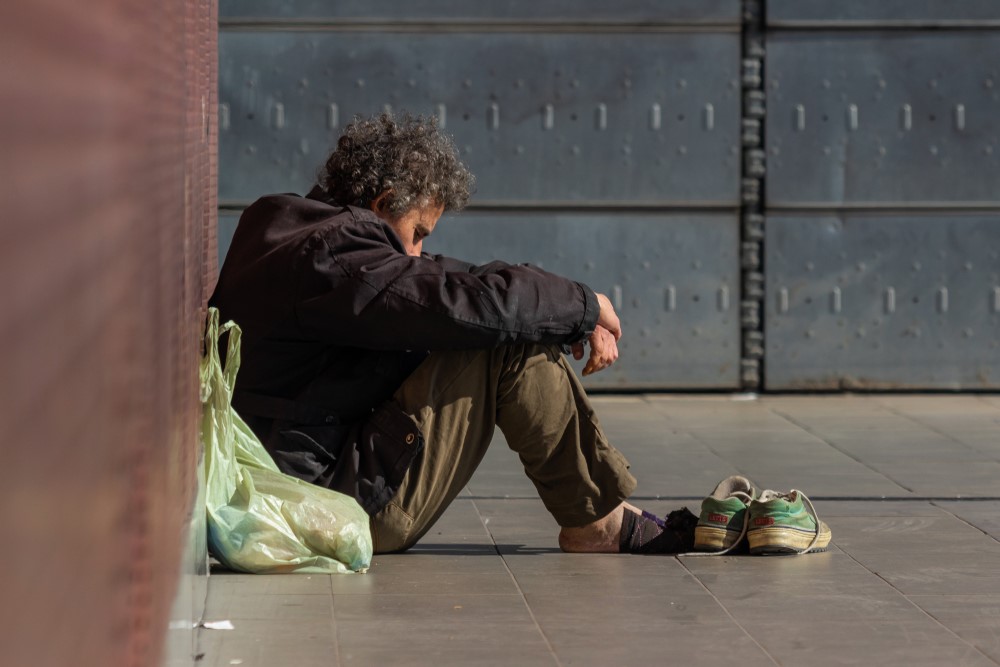Homelessness is an immense global problem. From personal experience, I have witnessed it in many different countries, and one way to understand the welfare status of the country I was visiting was to notice the presence of the homeless and whether they had support. If you think about it for a second, you are probably seeing the same situation in your city. That means people with fragile health conditions, abandoned in the streets, and probably without any recognition by the local registry office. Most of them do not have an ID, almost as if they do not exist.
In ten years, the number of homeless people in Italy has quadrupled. As of the 2011 census, there were about 125,000 people living in makeshift types of housing (equipped camps, shacks, garages, etc.), including about 35,000 who were completely unhoused. It is assumed that over the last ten years, this part of the population has only increased as a result of the economic crisis. Indeed, according to ISTAT (Italian National Institute of statistics), in 2021, 500,000 people were registered as being without a home.
The National Recovery and Resilience Plan (NRRP, part of the Next Generation EU programme, with a value of 750 billion euros) is willing to provide help to those who are unhoused — provided that Italy is able to eventually obtain those EU funds. The investment aims to help the unhoused easily access temporary housing, either in apartments or foster homes, and to offer them comprehensive services. The aim is to both promote their autonomy and foster full social integration.
The NRRP project has a net cost of 450 million euro, which is definitely affordable considering the amount of the EU funds provided. The timing, though, does not address the urgency of the situation: the investment will not result in a meaningful outcome until 2026. In Italy, more than one homeless person dies every day. That means that by the time the project sees the light, more than 1,000 people will die in the streets.
How to speed up such a process? Maybe by looking at solutions that are already available. The “Tiny House” movement offers some solutions. As in the case of Italian architect Renato Vidal, who invented a patented system of folding houses. With a cost of just 60 thousand euro per shelter, Italy could afford to buy 7,500 shelters, and group more than 2 people per unit. Doing the math, it is clear that this solution would not only tackle the homelessness problem in Italy, but would be an immediate and sustainable option.
A small foldable house would go a long way toward addressing the needs of so many people who are without a home. The only issues then left to be addressed would be their safety and their health.




